For the first time ever, we can explain its entire existence with no new physics.
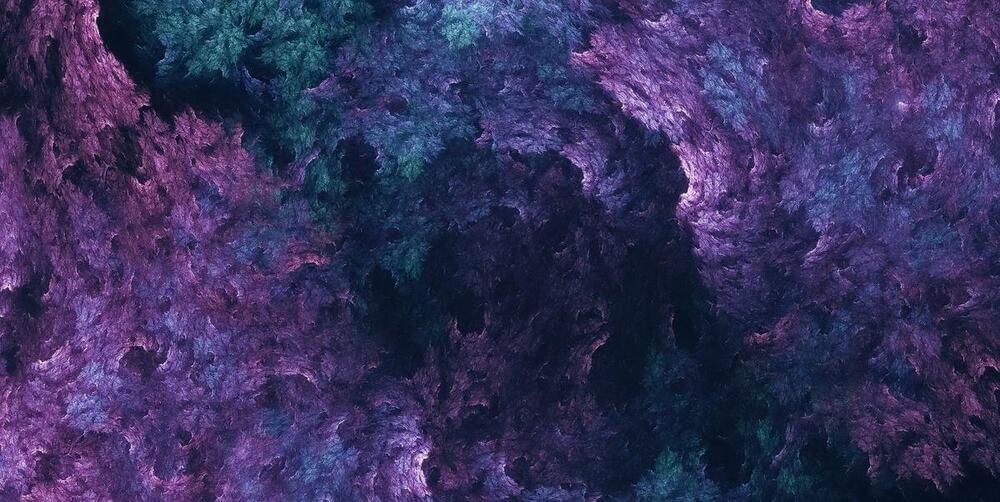

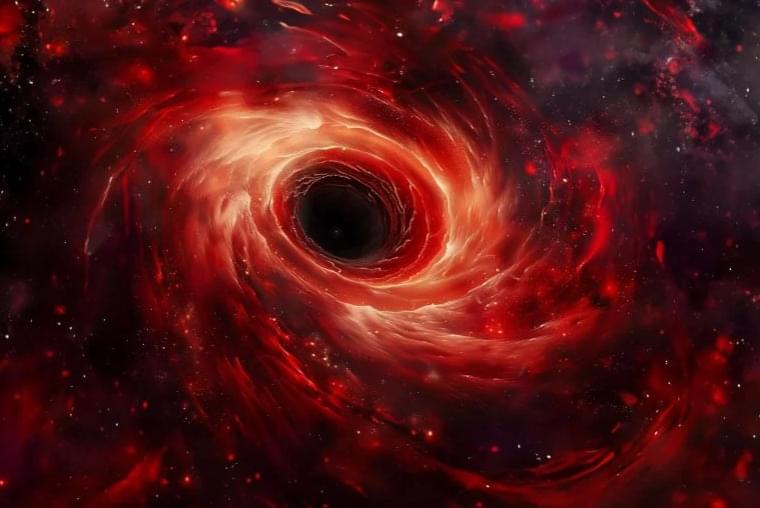
NASA’s James Webb Space Telescope (JWST) has detected a unique and “intensely red” supermassive black hole hidden in one of the oldest part of the universe.
Scientists proposed the reddish black hole was the outcome of an enlarged universe just 700 million years following the Big Bang, as given in a paper published this month in the journal Nature. Its colors are because of a solid layer of dust compressing a lot of its light, they said.
Whereas for the first time the cosmic monster was technically invented last year, astronomers have now spotted that it is much more massive than anything else of its type in the field, making it strange discovery that could rescript the way we think how supermassive black holes increase relative to their host galaxies.
When time reaches its limits, scientists call those moments “singularities.” These can mark the start or end of time itself. The most famous singularity is the big bang, which happened around 13.7 billion years ago, kicking off the universe and time as we know it. If the universe ever stops expanding and starts collapsing, it could lead to a reverse of the big bang called the big crunch, where time would stop. As our distant descendants approach the end of time, they will face increasing challenges in a hostile universe, and their efforts will only accelerate the inevitable. We are not passive victims of time’s demise; we contribute to it. Through our existence, we convert energy into waste heat, contributing to the universe’s degeneration. Time must cease for us to continue living.
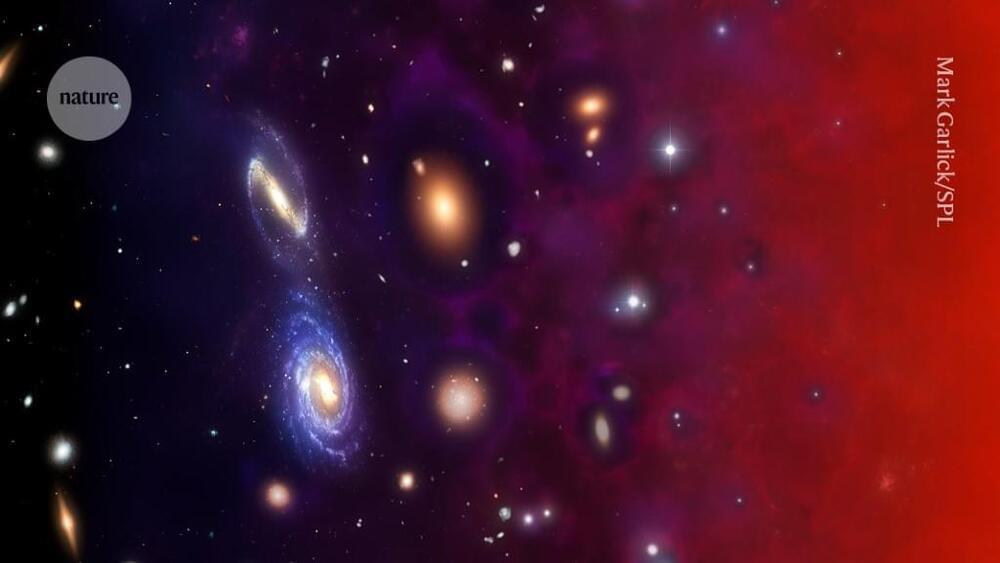
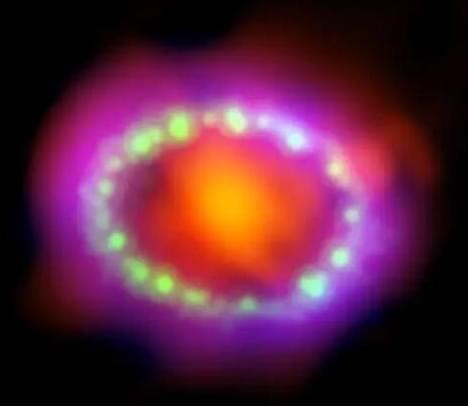
The youngest neutron star detected so far turned 37 years old last week. To celebrate, James Webb Space Telescope has finally found the most direct evidence of it, hiding among the remains of the supernova cloud it was born in.
Usually when we’re talking about the age of astronomical objects, it’s in the millions or billions of years – so finding something that’s younger than Lady Gaga feels weird. Even weirder is being able to trace its birth to a specific date – February 23, 1987, meaning it just clocked over to its 37th birthday last Friday.
The reason we can so confidently pinpoint the date is because its birth was the result of an event that only happens once every few centuries: a supernova that’s close enough to be observed from Earth with the naked eye. SN 1987A lit up the night sky for a few months in early 1987, and was quickly traced to the Large Magellanic Cloud, a dwarf galaxy orbiting the Milky Way, about 168,000 light-years away. There, a blue supergiant star appeared to have collapsed and exploded, which should have left either a black hole or a neutron star.
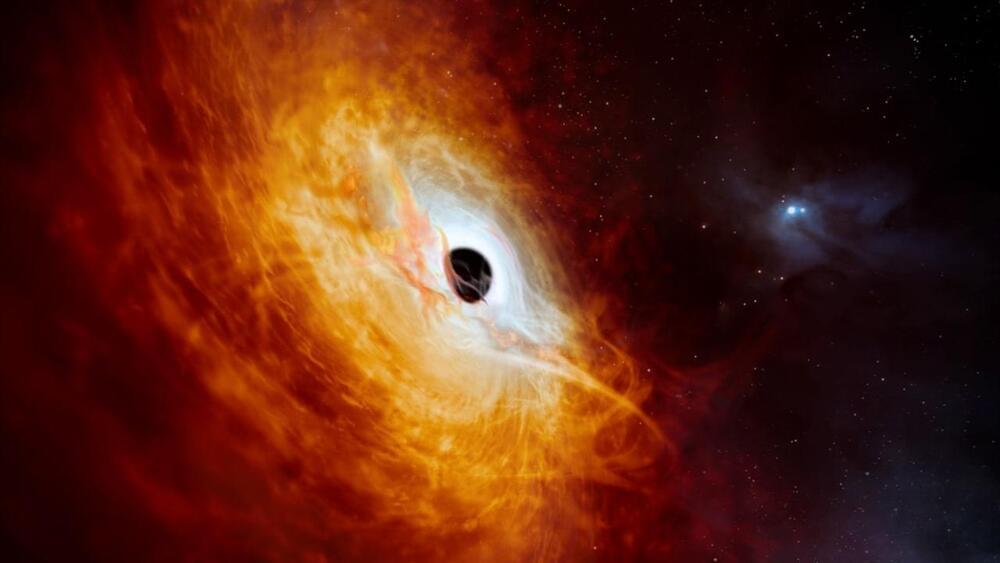
Einstein’s theory of relativity paved the way for black holes’ discovery, but the concept behind their existence was so bizarre that even the scientific visionary was not convinced.
More than a century ago, Albert Einstein stunned the world when he explained the universe through his theory of general relativity. The theory not only described the relationship between space, time, gravity and matter, it opened the door to the theoretical possibility of a particularly mind-boggling phenomenon that would eventually be called black holes.
The concept that explains black holes was so radical, in fact, that Einstein, himself, had strong misgivings. He concluded in a 1939 paper in the Annals of Mathematics that the idea was “not convincing” and the phenomena did not exist “in the real world.”
The unveiling of the first-ever picture of a black hole by the Event Horizon Telescope in April 2019, however, not only confirmed Einstein’s original theory, but also provided indisputable proof that the gravitational monsters are, in fact, real.

Imagine what it must have been like, as it was for so long throughout human history and prehistory, to look up at the wonders of the night sky in ignorance: not knowing what you were seeing or where any of it came from. All you could behold with your eyes were those glittering points of light in the sky: the Moon, the planets, the stars, a few deep-sky objects (or nebulae), and the tapestry of the Milky Way, with no way of knowing what they were made of, where they came from, or what any of it meant.
Today, the story is very different. Nearly all of the night sky objects we can see with our naked eye are objects present within the Milky Way galaxy. A few of those deep-sky objects turn out to be galaxies, with trillions of more galaxies — including small, faint, and ultra-distant ones — observable with superior tools. These galaxies all expand away from one another, with more distant objects expanding at greater speeds than nearer ones.
The expanding Universe swiftly led to the idea of the Big Bang, which was then confirmed and validated. The Big Bang was then modified to include an even earlier stage known as cosmic inflation, which preceded and set up the Big Bang’s initial conditions. That’s the current status of our understanding of the beginning as of today, in early 2024. Here are the biggest questions, both answered and unanswered, that we still have about the earliest phases of our Universe.

The purpose of this work is to investigate how several inflationary and bouncing scenarios can be realized by imperfect fluids. We shall use two different theoretical frameworks, namely classical cosmology and Loop Quantum Cosmology (LQC) (see where the derivation of the Hamiltonian in LQC was firstly derived to yield the modified Friedman equation, and also see for a recent derivation of the effective Hamiltonian in LQC, which was derived by demanding repulsive gravity, as in Loop Quantum Gravity). In both cases we shall investigate which imperfect fluid can realize various inflationary and bouncing cosmology scenarios. The inflationary cosmology and bouncing cosmology are two alternative scenarios for our Universe evolution. In the case of inflation, the Universe starts from an initial singularity and accelerates at early times, while in the case of the bouncing cosmology, the Universe initially contracts until it reaches a minimum radius, and then it expands again. With regards to inflation, we shall be interested in four different inflationary scenarios, namely the intermediate inflation, the Starobinsky inflation, and two constant-roll inflation scenarios. With regards to bouncing cosmologies, we shall be interested in realizing several well studied bouncing cosmologies, and particularly the matter bounce scenario, the superbounce scenario and the singular bounce.
As we already mentioned we shall use two theoretical frameworks, that of classical cosmology and that of LQC. After presenting the reconstruction methods for realizing the various cosmologies with imperfect fluids, we proceed to the realization of the cosmologies by using the reconstruction methods. In the case of classical cosmology, we will calculate the power spectrum of primordial curvature perturbations, the scalar-to-tensor ratio and the running of the spectral index for all the aforementioned cosmologies, and we compare the results to the recent Planck data. The main outcome of our work is that, although the cosmological scenarios we study in this paper are viable in other modified gravity frameworks, these are not necessarily viable in all the alternative modified gravity descriptions. As we will demonstrate, in some cases the resulting imperfect fluid cosmologies are not compatible at all with the observational data, and in some other cases, there is partial compatibility.
We need to note that the perturbation aspects in LQC are not transparent enough and assume that there are no non-trivial quantum gravitational modifications arising due to presence of inhomogeneities. As it was shown in, a consistent Hamiltonian framework does not allow this assumption to be true. The perturbations issues that may arise in the context of the present work, are possibly more related to some early works in LQC, so any calculation of the primordial power spectrum should be addressed as we commented above.
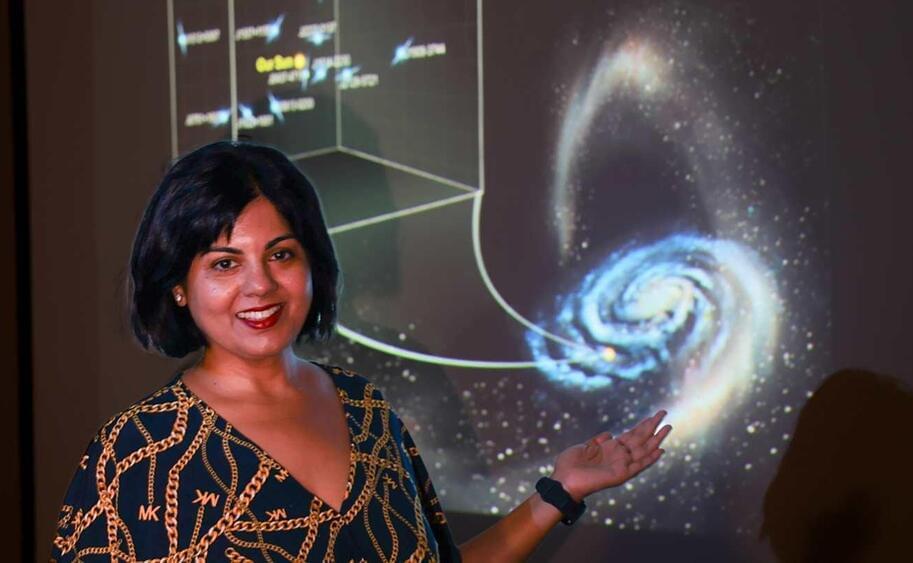
Dark matter comprises more than 80% of all matter in the cosmos but is invisible to conventional observation, because it seemingly does not interact with light or electromagnetic fields. Now Dr. Sukanya Chakrabarti, the Pei-Ling Chan Endowed Chair in the College of Science at The University of Alabama in Huntsville (UAH), along with lead author Dr. Tom Donlon, a UAH postdoctoral associate, have written a paper to help illuminate just how much dark matter there is in our galaxy and where it resides by studying the gravitational acceleration of binary pulsars.
Chakrabarti gave a plenary talk on this work and other methods to measure galactic accelerations at the 243rd meeting of the American Astronomical Society in New Orleans in January. The findings are also posted on the arXiv preprint server.
Pulsars are rapidly rotating neutron stars that blast out pulses of radiation at regular intervals ranging from seconds to milliseconds. A binary pulsar is a pulsar with a companion that allows physicists to test general relativity because of the strong gravitational fields accompanying these objects. “Pulsars are fantastic galactic clocks that have a timing stability that rivals atomic clocks,” Chakrabarti explains.